The law on the construction of the Outer Ring Road was given royal consent by Franz Joseph on 10 June 1871, 150 years ago. The plan of the Outer Ring Road conquered the Hungarian decision-makers with a stormy pace, throwing out another solution planned for decades, the canal around Pest, which was intended first as a drain for floods and then in the 1860s as a service route for industrial plants here.
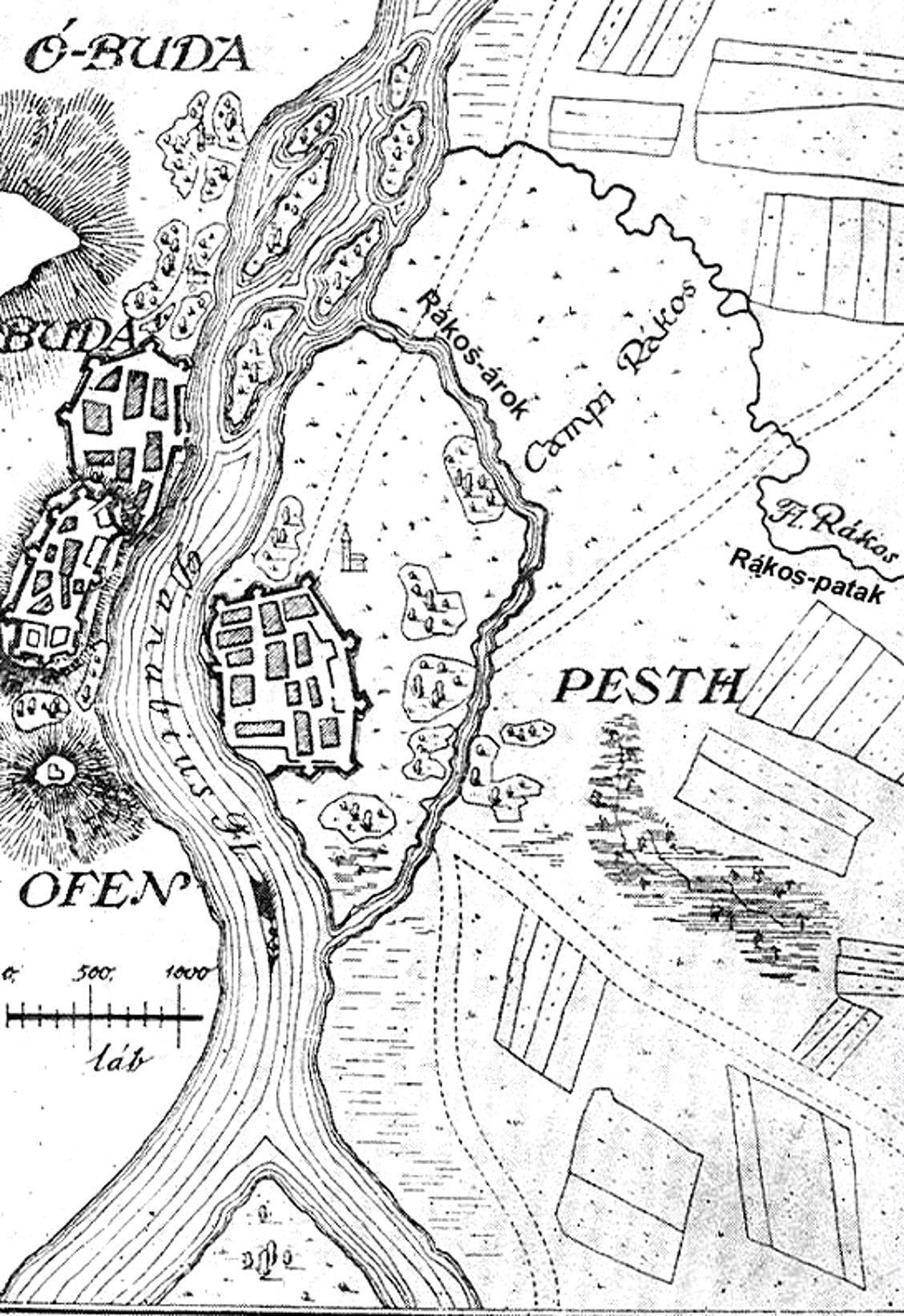
The canal surrounding Pest on the 1737 map by Samuel Mikovinyi
The plan of the Outer Ring Road - together with an elegant avenue - was published in 1868, until then there was practically complete agreement that a navigable canal would be built on the route of the former Danube branch surrounding Pest, and a railway on today's Margit Boulevard - Szent István Boulevard. Transport, which would connect the two then Pest-Buda railway stations.
The biggest supporter of the new idea, namely the construction of the avenue, was the Prime Minister himself, Gyula Andrássy, around whom lobbyists, primarily a former Belgian politician named Toussaint, suggested that an elegant boulevard should be built instead of a canal.
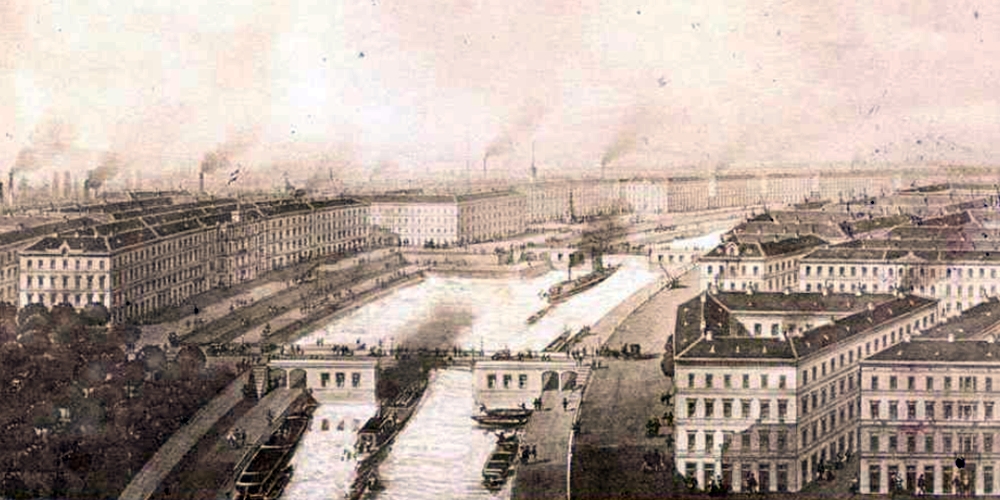
Visual of Ferenc Reitter's canal plan (Source: Hungaricana)
According to the famous geographer János Hunfalvy, Andrássy stated that canals stink, and Budapest does not need it, but rather elegant, wide roads. Andrássy and the governments, after the Astro-Hungarian compromise of 1867, aimed to create an imperial capital comparable to Vienna, so they did not shy away from large-scale, representative urban development investments, such as the Avenue and the Outer Ring Road. The transport purpose of the Avenue, or today’s Andrássy Avenue, was to make the Városliget more accessible from the city centre, but in fact, the creation of an elegant boulevard lined with palaces was envisioned by the decision-makers.
The boulevard and the Avenue were included in the urban development goals in 1868-1869. As a result, a separate law was passed on the Avenue, the Act LX of 1870 and provided significant sums for its construction. From the point of view of transport, however, the Outer Ring Road was more important than the Avenue, although it also served representative purposes, its task was to provide a way of transport within the city by connecting the railway stations.
The law on the Outer Ring Road was justified by the government as follows - at least it can be read in the bill:
“It is also necessary to establish that boulevard in terms of the sensible furnishing of the development of the capital because in the middle of the city a wide road crossing the whole city will open, and the desire to build more elegantly on its sides will arise, and it will hopefully initiate a more practical clustering of the city of Pest.
But for all these reasons, the city-wide public health impact of this line is more important, both in terms of the possibility of targeted sewerage and by the fact that fresh air and water will lead it to the districts that will be built there.
However, the aim is not to set up this boulevard immediately, but only to take action to remove the obstacles to the construction of this boulevard over time, which could arise if the currently largely vacant plots on this boulevard would be built in because they would be more expensive. ”
The proposal did not provoke much debate in the parliament. Instead, the opposition MPs were most concerned about why it was a national matter to designate a boulevard.
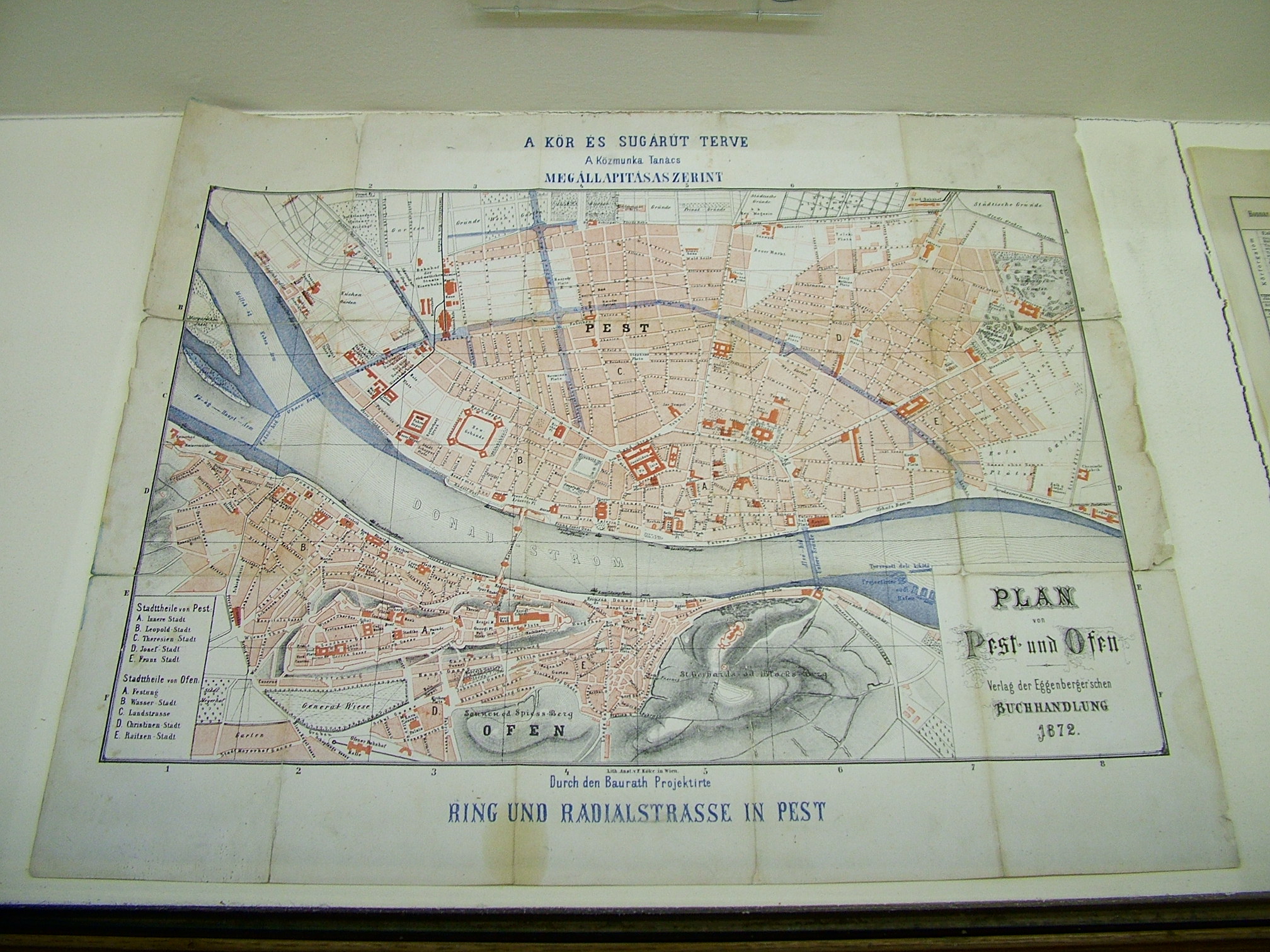
The planned route of the Outer Ring Road on a map of 1872 regulations (Source: Wikipedia)
Parliament finally adopted Act XLII of 1871, the most important provision of which was:
„1. § On the whole line of the Outer Ring Road planned by the Capital Public Works Council through the city of Pest from Felduna to Alduna and the branching of the Hárombárány Street, erection of any new buildings, substantial renovation of older buildings, new floors or additional constructions to make the building bigger is only to be permitted if the building is to be built on the specified control line.
§ 2 The owners of the houses and plots affected by the line of the Outer Ring Road are obliged to transfer the necessary part of their plot to the road construction - with legal compensation - ”
The route defined by the law passed mostly through industrial areas or empty plots, or between one or two-storey, rural, village houses.
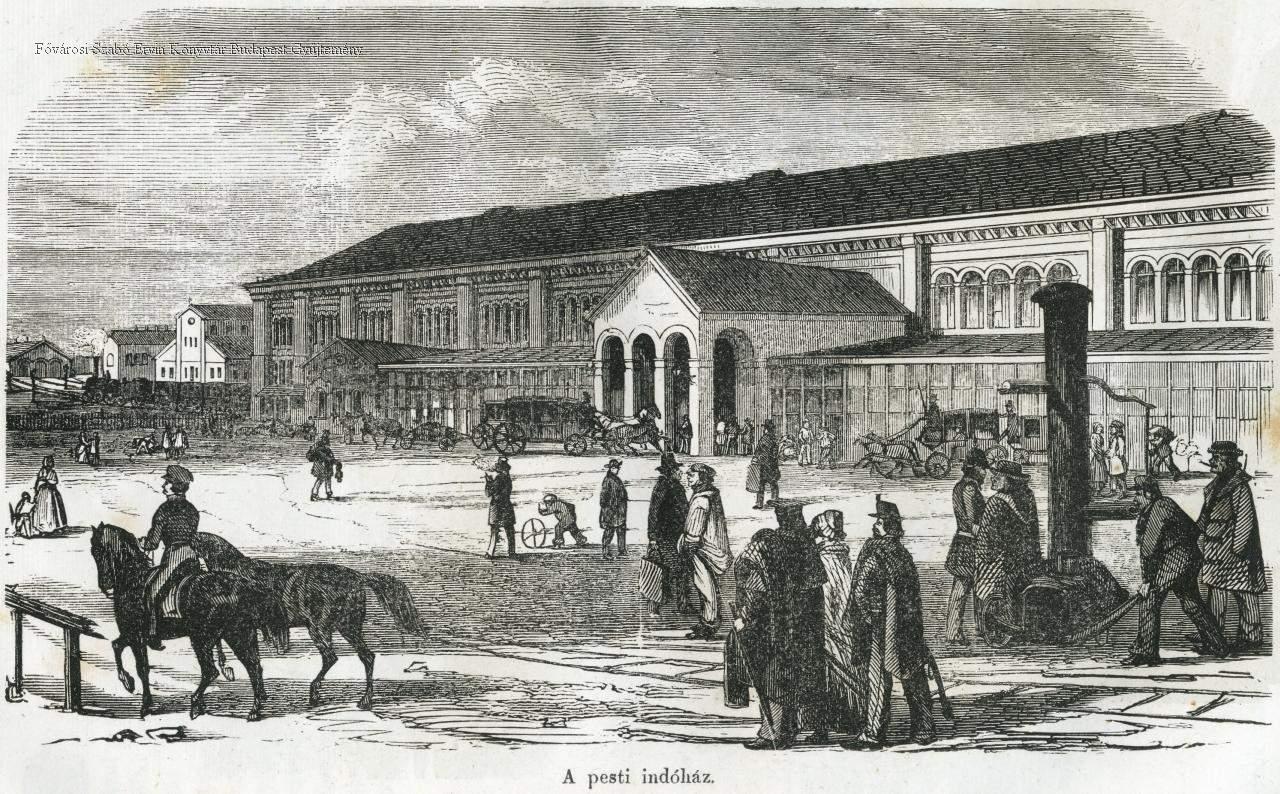
The old station house fell victim to the regulation. Today the Nyugati Railway Station is in place (Photo: FSZEK Budapest Collection)
The road was already intended as a main transport route, from Margit Bridge, which was already planned at the time, but did not yet exist, to a southern bridge planned for later. By law, houses built in line with the regulation that were at least 48 feet high and completed by 1881, received a serious tax benefit.
As indicated by the government in its explanatory memorandum, this was intended to launch a longer process. They were right. The road was completed in 25 years, although the stock market crash of 1873 also intervened. In the end, the road was completed only for the millennium, while today's Petőfi Bridge, which closed the boulevard, was not completed until 1937.
However, by 1896, the Outer Ring Road created real transport links, as it connected roads from the city and provided a good road connection from most parts of the city to Margaret Bridge.
Although the old Pest house had to be demolished due to the road, the new Nyugati Railway Station, which is in line with the façade of the boulevard, showed a very beautiful, metropolitan scenery. Although it was not possible to build MÁV's central railway station (today's Keleti Railway Station) next to the Outer Ring Road, because its cost was found to be very high, it still provided good connections with the other two railway stations via the Rákóczi Road and the Outer Ring Road.
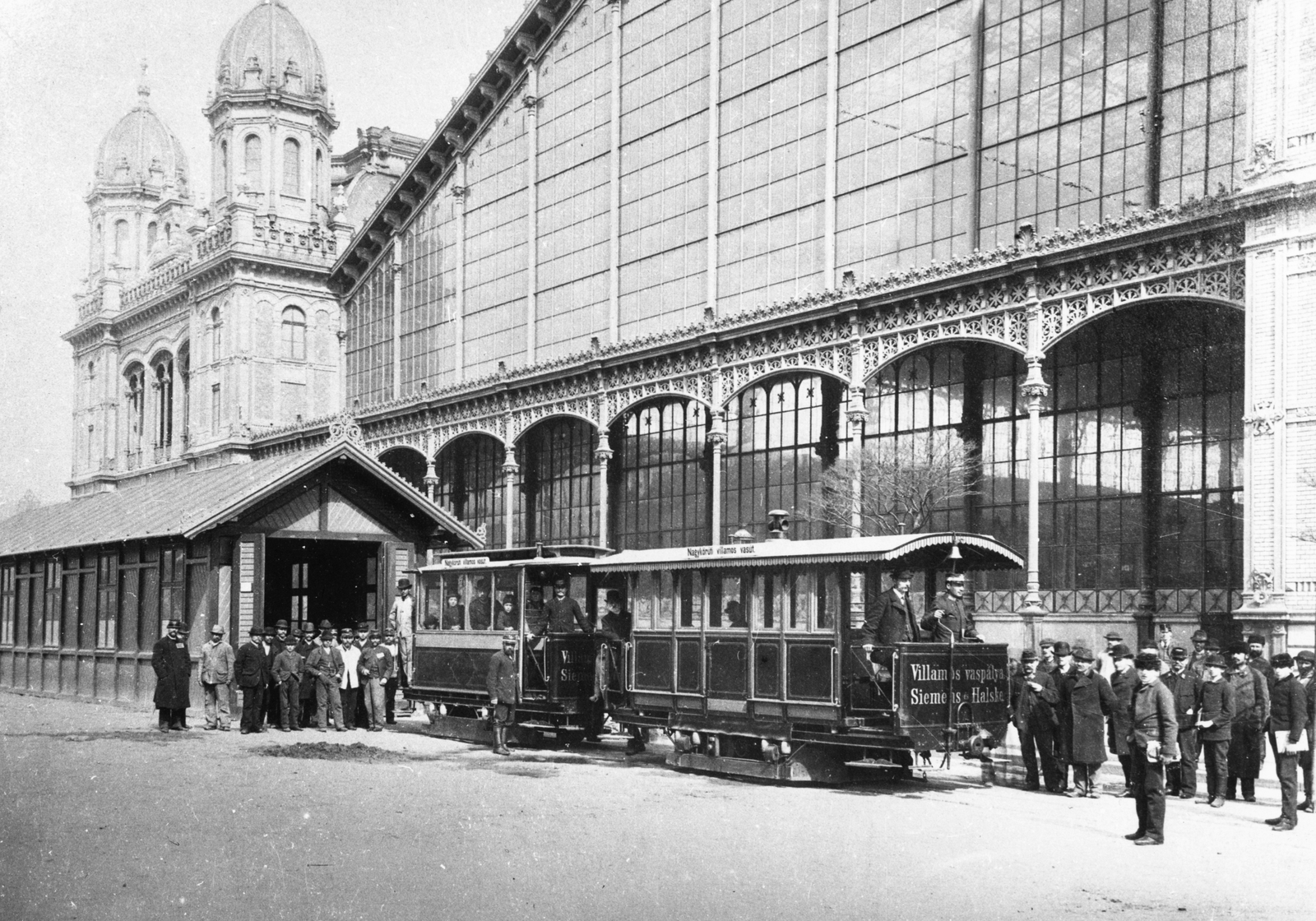
The test tram started on the Outer Ring Road, in front of the Nyugati Railway Station, in 1887 (Photo: Fortepan / No.: 24111)
Today, without the Outer Ring Road, Budapest would be unimaginable. It (was and is) probably much more necessary for Budapest than a navigable canal in its place.
Cover photo: The Outer Ring Road in 1887 on the photo of György Klösz (Photo: FSZEK, Budapest Collection)

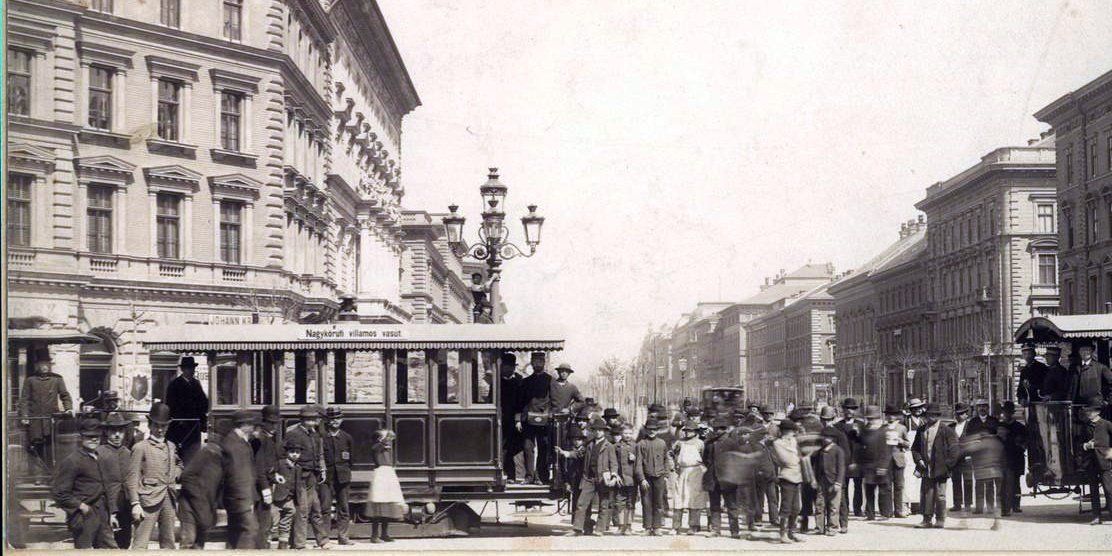



































Hozzászólások
Log in or register to comment!
Login Registration